Elegy
for the platform I built of untreated cedar wood planks from Home Depot, that I painted madder yellow, overlaid with Scandinavian flowers like something out of Frozen, that I carried to the park above the ravine and planted beside the oaks, that I stood on to preach to the woodpeckers, that I returned to when I needed to feel taller, or planted—the platform my bed, myself a tendril waiting for rain—even when I couldn’t find the words, I held court with deer mice and walnut stains. I started having trouble with my eyes—something about stationary positioning and musculature weakening and out of sync. My therapist put me on a swing and spun me in circles till I could get three sentences down a page. On the way home, I stopped to see my mother, who told me what the hospice nurse told her, about the man who buried thousands of dollars in a box in his backyard, only to dig it up and find it fallen apart the way leaves do, and none of it could be redeemed or recognized. Just goes to show my mother said. He should have gotten the real thing. It’s hard. They keep changing things. No one blinks, everyone holds a smile at the same time, and the proof is around us: everyone can leap into the sky, nothing propelling them but will.
On Beaks
Some expand into sacks of storage for the end times. Some strain. Of course you know where this is going: to the tailorbird’s needle, and it’s not that they sew the nest itself, but rather a cup to hide the nest they build of fur and ephemera. As a point of interest, an eighteenth-century zoologist had it wrong when he said the tailorbird sews a dead leaf to a living one. What dead thing he saw perhaps died the way all things do, in the spirit of abandonment. I’m no bird-watcher, just another woman on her phone wishing I too had a needle not intended for scraping bones. To sew, the tailorbird pierces a leaf with holes so small as not to kill it. Stitches it to another with spider silk, over a hundred stitches per home. Is it in the tailorbird to refuse this living? Refuse eggs, refuse the bits of thread her mate offers? What I think doesn’t matter, but wouldn’t you think her troubled? I have never experienced anything I’d call a mother’s intuition. I myth-make myself a tailorbird toying with dead leaves, and I love her. This tailorbird likes snakeskin so well she kills for it. She’s mesmerized by the shine of fish scales and decorates her nests with these tiny mirrors, rotates minnow for carp at the equinox. She goes to poetry readings to make it mean something. I’m sorry if this all feels problematic. Still, imagine it, if only to sit in this sadness together. Imagine the tailorbird sad. All that sewing for a hiding place, and then the tailorbird’s cries give it away.






